When disaster strikes, pharmacies might be closed—but your backyard medicine cabinet is still open. Many powerful remedies grow just outside your door, waiting to be recognized. Learning the basics of backyard medicine gives you a major survival advantage. From first aid to immune support, these survival plants have helped people stay healthy long before modern medicine.
The foundation of backyard medicine is simple: recognize useful plants, understand their benefits, and learn how to prepare them safely. Here are ten common herbs and weeds that can keep you strong when supplies run out.
1. Plantain (Plantago major) — Nature’s Bandage
Use: Wound care and bug bites
Crush the leaves and apply the juice to cuts or stings. It pulls toxins, reduces swelling, and helps wounds heal faster. Found in almost any yard, it’s a cornerstone of practical herbal survival.

2. Dandelion (Taraxacum officinale) — Detox and Digestion
Use: Liver and digestive health
This so-called weed is a nutrient powerhouse. Dandelion leaves act as a natural diuretic, while the roots make a coffee-like tea that supports liver function and detox. It’s a must for any prepper garden.
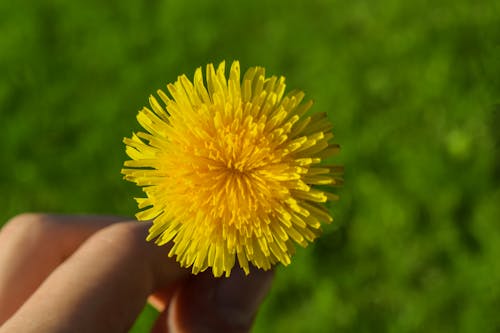
3. Yarrow (Achillea millefolium) — The Bleeding Stopper
Use: Wound and bleeding control
Used for centuries on battlefields, yarrow stops bleeding quickly and prevents infection. Crush leaves or apply powder directly to a wound. It’s an essential part of any backyard medicine kit.

4. Clover (Trifolium species) — Respiratory Relief
Use: Coughs and congestion
Red clover tea soothes sore throats and clears mucus. It’s a gentle yet effective natural remedy that fits perfectly in your survival medicine lineup.
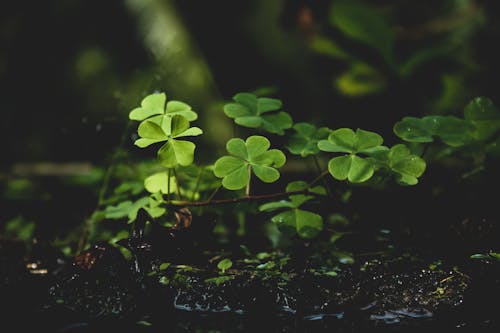
5. Pine Needles — Vitamin C on the Tree
Use: Immune support
Boil a handful of green pine needles for a citrus-scented tea packed with vitamin C—up to five times more than oranges. It boosts energy and immunity when fresh produce is scarce. (Avoid yew trees—they’re toxic.)
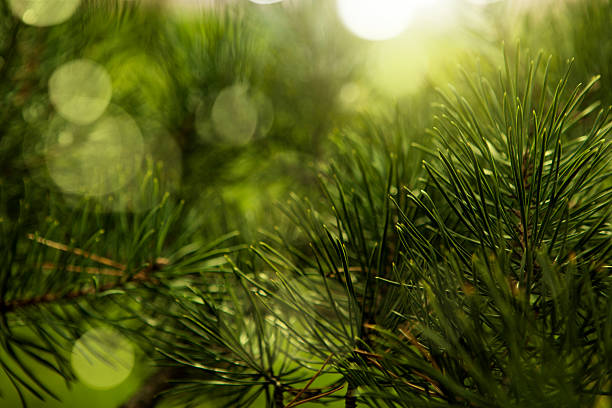
6. Aloe Vera — Skin Healer
Use: Burns and sun damage
Slice open a leaf and apply the gel directly to skin. It cools burns, prevents infection, and accelerates healing. Every backyard medicine garden should have at least one aloe plant.
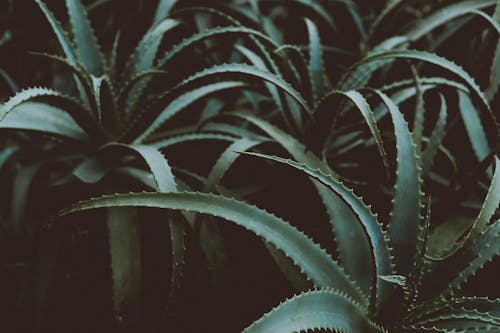
7. Mint (Mentha species) — Calm and Cool
Use: Nausea and digestion
Mint leaves ease nausea, aid digestion, and calm the nerves. Brew into tea or chew the leaves raw—simple, effective, and refreshing.
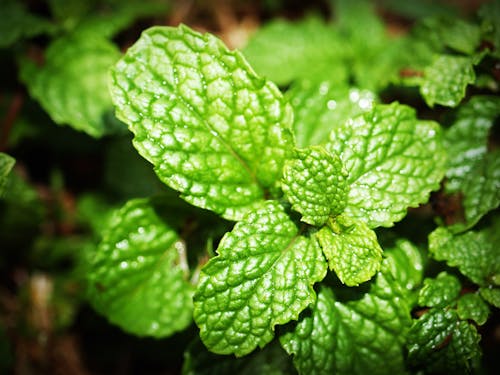
8. Lavender (Lavandula angustifolia) — The Calm Keeper
Use: Stress relief and sleep aid
Add crushed blossoms or oil to hot water to relax the body and promote restful sleep. In tense survival moments, lavender helps keep your mind steady.
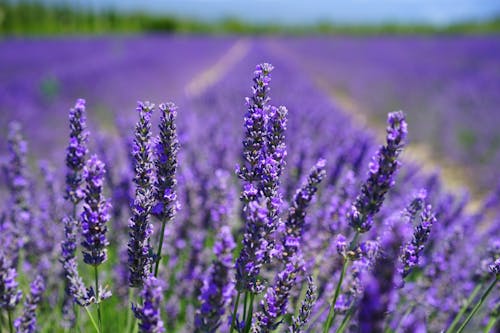
9. Echinacea (Purple Coneflower) — Immune Defender
Use: Infection prevention
Brew the roots or petals for a tea that strengthens the immune system and shortens cold duration. It’s one of the most popular natural remedies for preppers.
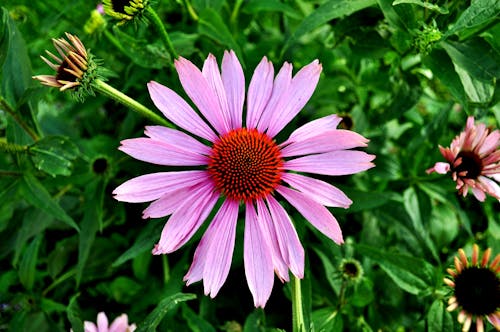
10. Garlic (Allium sativum) — Nature’s Antibiotic
Use: Antibacterial and antiviral
Raw garlic kills harmful bacteria, boosts immunity, and supports heart health. Crush it, swallow it, or mix into oil for a simple natural antibiotic you can grow at home.
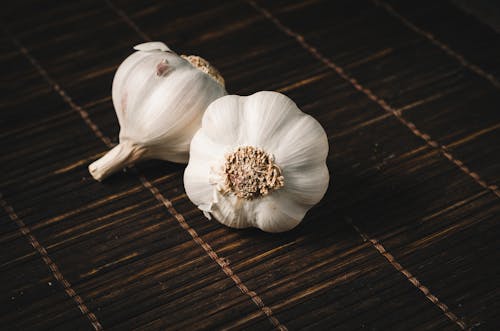
Building Your Backyard Medicine Kit
Start by identifying these plants locally and preserving them through drying, tincturing, or infusing. A few jars of salves and herbs can turn your garden into a long-lasting backyard medicine supply—a critical edge in any emergency.
Recommended Reading
- The Lost Book of Herbal Remedies — Nicole Apelian, Ph.D. & Claude Davis
- Backyard Medicine — Julie Bruton-Seal & Matthew Seal
- Medicinal Plants of the Pacific West — Michael Moore
- Edible Wild Plants: Wild Foods from Dirt to Plate — John Kallas, Ph.D.
These guides include field photos, dosages, and preparation methods to expand your survival herb skills.
Final Thoughts
Your yard might be your best pharmacy. Mastering backyard medicine connects you to nature’s original healing system and gives you confidence when modern resources disappear.
Disclaimer
This content is for educational purposes only and is not medical advice. Always consult a qualified healthcare professional before using any plant medicinally. Backyard Bug Out assumes no liability for the use or misuse of information provided here.
